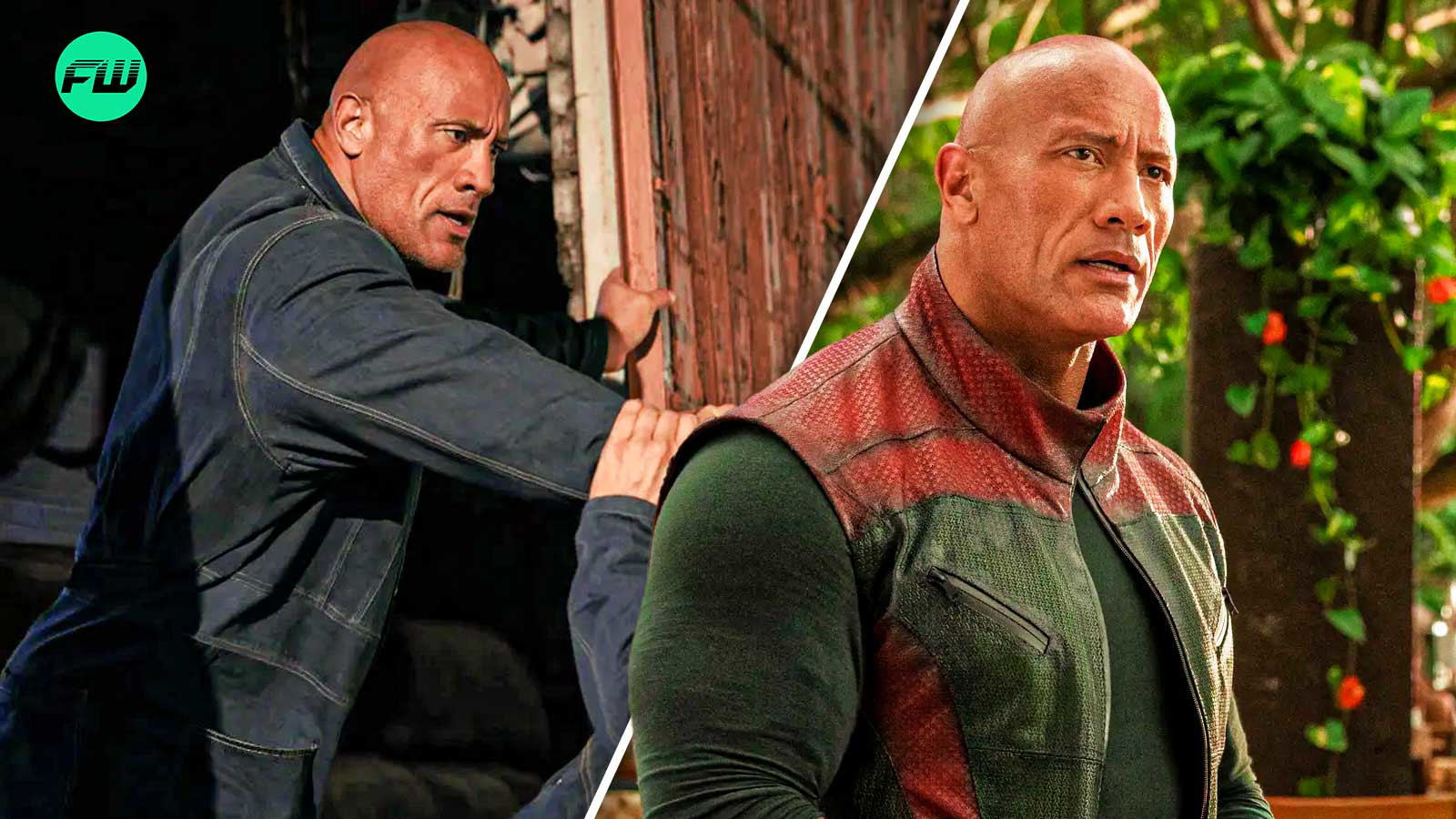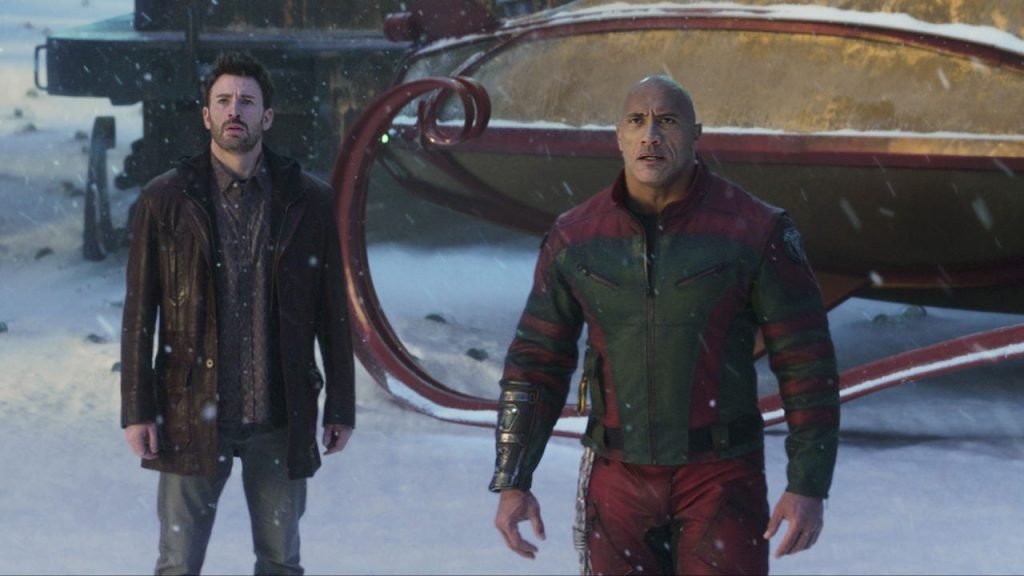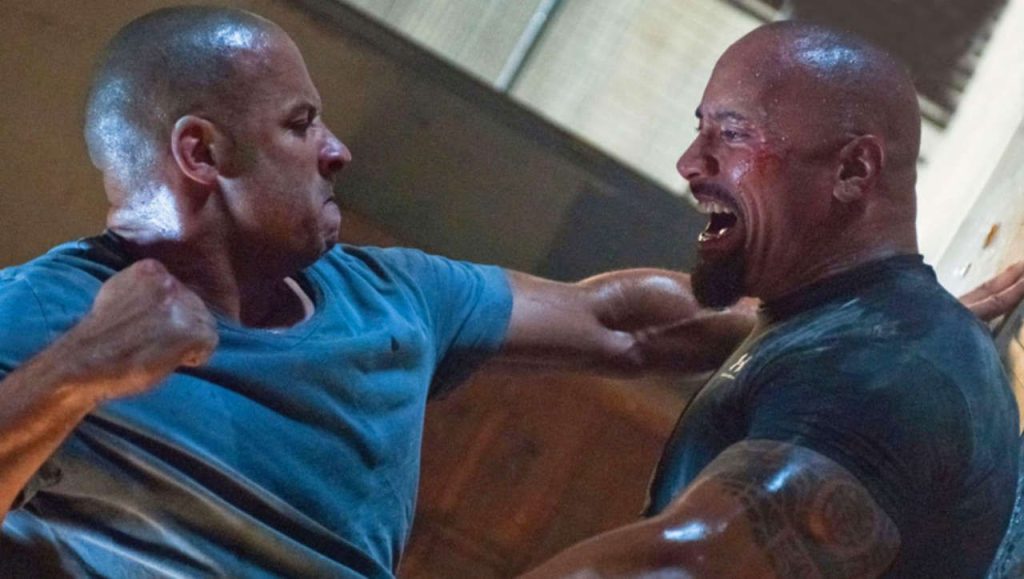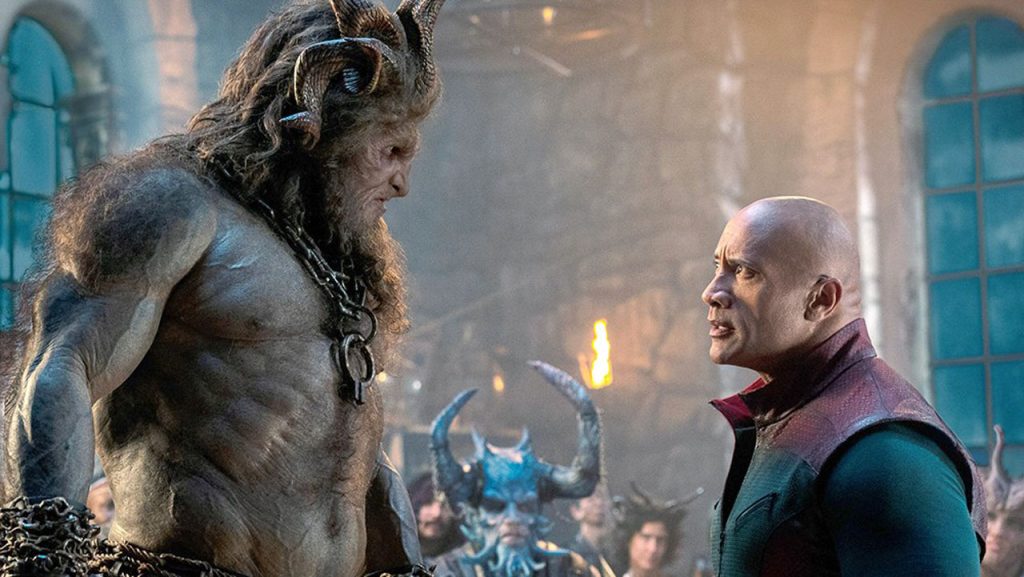
Here's ads banner inside a post
Another Jumanji That’s Better Than the Original – And It’s Been Out for a Long Time!
When it comes to adventurous films, few are as iconic as Jumanji. Released in 1995, the original film quickly became a beloved classic. Based on Chris Van Allsburg’s children’s book, it follows the story of two children who discover a magical board game that brings fantastical and often perilous adventures to life. Robin Williams’ performance as Alan Parrish, alongside a young Kirsten Dunst and Bradley Pierce, captured the hearts of audiences, and the film’s whimsical yet thrilling concept of a world inside a game set the stage for future blockbusters.
However, there is another Jumanji film that some consider to be better than the original – and it’s been out for quite a while now. Many might not even realize that it exists, or perhaps it hasn’t gotten the recognition it truly deserves. So, what is this hidden gem? Let’s dive into the world of Jumanji: Welcome to the Jungle (2017), and explore why it’s a worthy successor — and in some cases, an even better version — of the original.
Here's ads banner inside a post
Reimagining the Classic for a New Generation
In 2017, Jumanji: Welcome to the Jungle hit theaters, bringing a modern twist to the franchise. Directed by Jake Kasdan, the film presents a fresh take on the Jumanji concept, evolving it from a mysterious board game into a high-tech video game. This transformation made the world of Jumanji even more immersive and engaging for a modern audience that is far more accustomed to digital entertainment than physical board games.
The premise of the film follows four high school students who discover an old, discarded video game console in their school’s basement. Upon playing the game, they are sucked into the world of Jumanji, each becoming avatars that represent different characters with unique abilities and limitations. The game offers them the chance to survive and return to the real world, but only if they can complete the game’s challenges. This reimagined setting adds a fresh layer of excitement and makes the film highly relevant in a world dominated by video games.

Here's ads banner inside a post
The biggest difference between Jumanji: Welcome to the Jungle and the original film is that it is able to blend humor, adventure, and heart in ways that the original film only touched upon. The movie’s tone is lighthearted, but with just the right amount of action-packed thrills to keep audiences engaged. The modernization of the concept helps it feel fresh and accessible to a whole new generation of viewers who may not have experienced the magic of the first Jumanji.
A Stronger, More Relatable Cast of Characters
One of the most compelling aspects of Jumanji: Welcome to the Jungle is its new cast of characters. The original Jumanji film focused on a few key protagonists, but it largely remained focused on Alan Parrish and the adventure he had with the children. While Robin Williams’ portrayal of Alan remains iconic, the ensemble cast in Welcome to the Jungle brings a refreshing dynamic that makes the story feel more engaging and relatable.
The four main characters – Spencer (played by Alex Wolff), Fridge (played by Ser’Darius Blain), Martha (played by Morgan Turner), and Bethany (played by Madison Iseman) – are instantly relatable. They represent a diverse set of personalities and archetypes that most audiences can easily connect with. Spencer, the shy, socially awkward teenager, is thrust into the role of Dr. Smolder Bravestone, a muscular, confident hero. Fridge, the popular athlete, ends up as a small, quirky character, Mouse Finbar, who is surprisingly ill-suited for his size. Martha, the quiet and intelligent student, finds herself in the body of Ruby Roundhouse, a fearless martial artist. And then there’s Bethany, the self-absorbed, selfie-obsessed teenager, who ends up in the avatar of Professor Shelly Oberon, an older, more academic figure.
This role reversal creates a great deal of humor, as the teens are forced to navigate their new bodies, skills, and personalities, while also dealing with the life-or-death stakes of the game. The film’s central theme is one of personal growth and discovering one’s true potential. It is deeply satisfying to watch these characters evolve from being stereotypical high school students to fully-fledged heroes who are capable of surprising themselves with their strengths.
While the original Jumanji centered around a smaller group, Welcome to the Jungle broadens the scope by focusing on multiple characters who each have a personal journey to undergo. In doing so, it delivers a more nuanced narrative that explores not only adventure but also self-discovery, courage, and friendship.

Thrills and Humor – The Perfect Balance
One of the standout features of Jumanji: Welcome to the Jungle is its ability to seamlessly blend action and humor. While the original Jumanji had its share of thrilling moments, it often leaned into the darker, more suspenseful elements of the story. In contrast, Welcome to the Jungle delivers a more playful tone while still providing high-stakes action. The film’s pacing is fast and energetic, keeping audiences on the edge of their seats while still allowing for moments of levity.
Dwayne “The Rock” Johnson, who plays Dr. Smolder Bravestone, brings a perfect mix of charisma and comedic timing to his role. His portrayal of the action-hero avatar is hilarious, especially considering how different it is from his real-life personality. The same can be said for Kevin Hart, who plays the anxious, miniature avatar of Mouse Finbar. Their chemistry is infectious, and their banter helps to make the adventure feel less like a deadly struggle and more like an enjoyable ride.
Jack Black’s performance as Bethany, who is trapped in the avatar of an older male professor, is another highlight. Black fully embraces the opportunity to play a teenage girl trapped in an adult man’s body, delivering a performance that is both hilarious and heartwarming. His portrayal adds a layer of depth and humor to the film that resonates long after the credits roll.
The Legacy of Jumanji – Embracing Change and Growth
What truly sets Jumanji: Welcome to the Jungle apart from the original film is how it embraces the themes of change and growth, both within the context of the story and in relation to its place within the franchise. While the original film was groundbreaking in its own right, Welcome to the Jungle refines and expands upon its core elements. The video game concept allows for more creative and dynamic world-building, and it gives the film a modern relevance that appeals to contemporary audiences.

Additionally, the film explores themes of self-empowerment, teamwork, and facing personal challenges. The characters must work together and push beyond their own perceived limitations in order to succeed. These themes resonate with both younger audiences and adults, making it a film that can be enjoyed by a wide range of viewers.
Moreover, Welcome to the Jungle is a great example of how reboots and sequels can evolve from their source material while still respecting the original. While it does not rely heavily on the first Jumanji film, it honors the essence of the story by creating a new, engaging adventure that adds to the overall mythology of the franchise.

